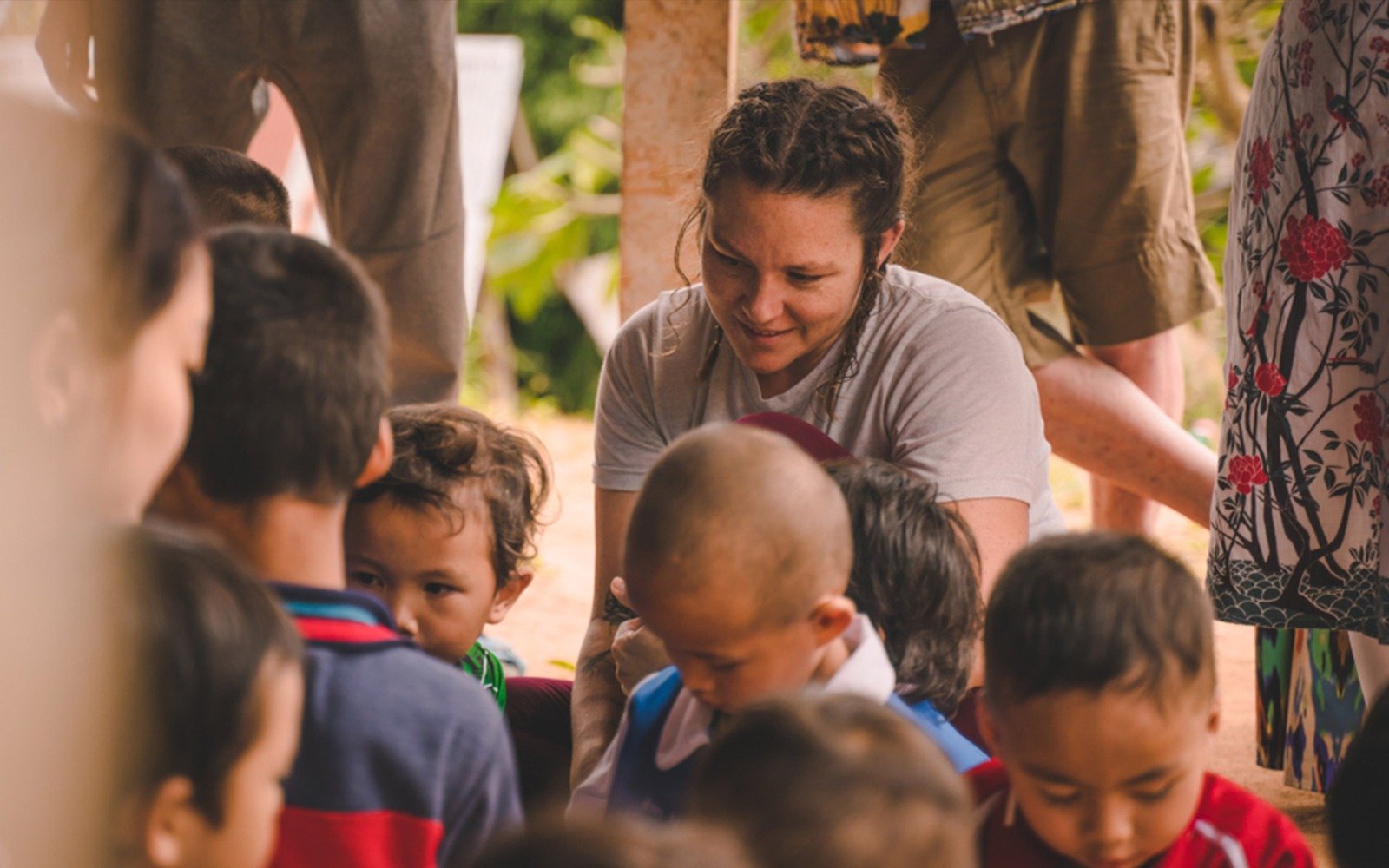Challenges Facing Children in Conflict Zones and How to Help Them
Many regions of the world are experiencing conflicts and wars that lead to devastating effects on local communities, with children being among the most affected groups. Armed conflicts not only undermine the safe environment that children need to grow, but they also put their lives, health, and futures at risk. In this article, we will review the challenges faced by children in conflict zones and provide some solutions and initiatives that can be taken to assist them and ensure their fundamental rights.
1. Challenges Facing Children in Conflict Zones
Children in conflict zones face immense challenges that affect their daily lives and psychological and physical development. Among the most prominent challenges are:
1.1 Displacement and Homelessness
Armed conflicts often force families to flee their homes in search of safety, leading to the displacement of thousands of children. These children live in temporary camps or are homeless, which significantly impacts their lives and makes them more vulnerable to risks such as violence and exploitation.
1.2 Lack of Education
One of the first casualties of armed conflicts is education. Schools are often destroyed, used as shelters for the displaced, or even as bases for armed groups, depriving children of their right to learn. This creates a significant educational gap that affects children’s futures and their ability to build better lives after the conflict ends.
1.3 Violence and Exploitation
Children in conflict zones are particularly susceptible to violence and exploitation, including recruitment into armed groups, forced labor, and sexual abuse. Armed groups exploit children’s vulnerabilities, using them as soldiers, messengers, or for other tasks, which endangers their lives and leaves lasting psychological scars.
1.4 Lack of Healthcare
Children in conflict zones face a severe shortage of healthcare, as hospitals are destroyed or their resources are depleted. This results in high child mortality rates due to preventable diseases, malnutrition, and injuries from conflicts. Mental health care is also rarely available, exacerbating children’s suffering.
1.5 Psychological Trauma
Children in conflict zones experience immense psychological trauma as a result of witnessing violence, losing loved ones, and having their homes destroyed. These experiences leave deep psychological scars that may last a lifetime, requiring special care to address these traumas.
2. How to Help Children in Conflict Zones
Despite the significant challenges faced by children in conflict zones, there are many initiatives and solutions that can be implemented to help them and ensure they receive their basic rights. Here are some possible steps:
2.1 Establish Safe Educational Centers
It is essential to provide safe educational centers for children so they can continue their studies even amidst conflicts. These centers can be temporary schools or equipped tents that offer a suitable learning environment away from violence. Education not only ensures a better future for children but also promotes stability in affected communities.
2.2 Provide Psychological and Social Support
Children living in conflict zones need psychological and social support to help them overcome the traumas they have experienced. This support can be provided through specialized teams working with local communities to offer therapeutic sessions and recreational programs that contribute to improving their mental health.
2.3 Protect Children from Exploitation and Recruitment
Strict measures must be taken to protect children from recruitment and exploitation by armed groups. This can be achieved by providing safe zones for children and their families and increasing international monitoring of conflict areas to prevent the use of children in combat.
2.4 Enhance Emergency Healthcare
The urgent need for healthcare for children in conflict zones cannot be overlooked. Hospitals and medical facilities must be supported with necessary equipment and supplies, and mobile medical units should be established to reach areas lacking healthcare services. Additionally, psychological support should be provided to help children cope with the difficult circumstances they are living in.
2.5 International Cooperation and Humanitarian Relief
Sustainable solutions to the problems faced by children in conflict zones require international cooperation and comprehensive humanitarian relief. Humanitarian organizations and governments must work together to provide food, medical, and educational assistance to children. Furthermore, funding for organizations working on the ground should be increased to ensure that children’s basic needs are met.
3. The Importance of Raising Global Awareness of the Plight of Children in Conflict Zones
Raising global awareness about the situation of children in conflict zones is crucial. Media, social media platforms, and non-governmental organizations can play a key role in highlighting the suffering of these children and mobilizing the necessary support to provide them with urgent and long-term assistance. Awareness campaigns contribute to increasing funding for humanitarian projects and make governments more responsive to international pressure to end conflicts and protect children’s rights.
4. Conclusion
Children are the most vulnerable group in conflict zones, and protecting them and providing a safe environment is a duty for the entire international community. The challenges faced by children in these areas require an immediate response from humanitarian organizations, governments, and local communities to ensure access to education, healthcare, and psychological support for these children. Achieving these goals requires collective efforts and a sustainable commitment from all to ensure that children can live in peace and safety and grow up to be active members of their communities.




